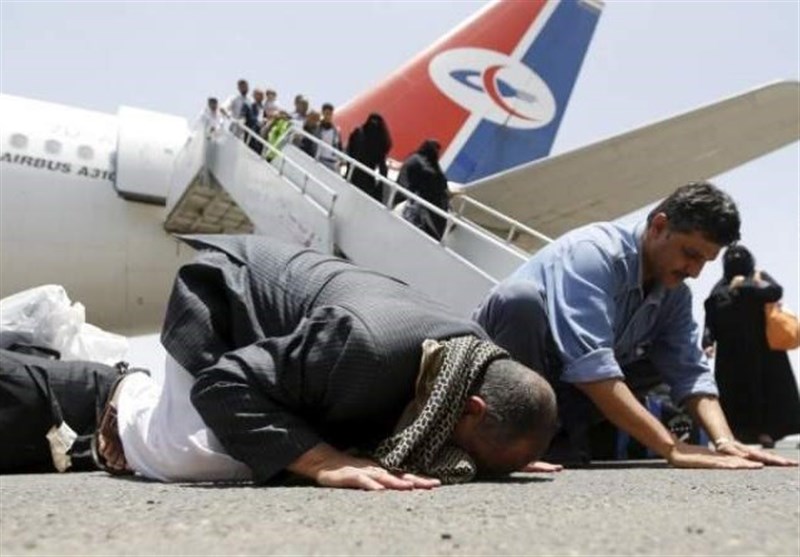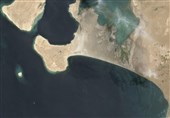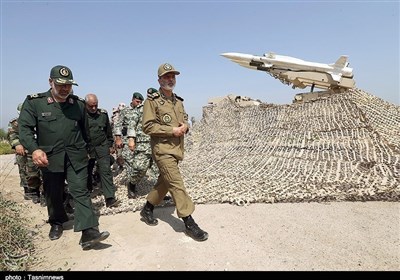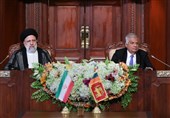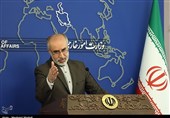First Flight in Six Years Takes Off from Yemen's Sana’a Airport
TEHRAN (Tasnim) – Yemen's first commercial flight in six years, which took off on Monday morning to the Jordanian capital Amman, carried 126 passengers including those seeking medical treatment.
Forty-three days have passed since the humanitarian truce entered into effect in Yemen, yet, the operation of the first commercial flight from Sana'a airport is announced on Monday, as the US-backed Saudi-led coalition continued to obstruct the opening of the Sana'a Airport.
The time that arouses optimism for some was a time of death for patients who were killed by waiting.
On Sunday evening, Yemeni Minister of Transport Abdulwahab Al-Durra said that the first commercial flight from Sana'a International Airport will go to Jordan, with a return trip on the same day, via Yemeni Airlines.
Earlier, the plane had arrived in Sana'a from the southern port city of Aden to pick up the passengers. On touchdown, it was welcomed by a ceremonial "water salute," according to a video posted online by the national carrier.
The flight is part of the UN-brokered, 60-day truce agreement that was struck last month.
The truce which went into effect on April 2, calls for two commercial flights a week to and from Sana'a to Jordan and Egypt, as blockade of Yemen continued by the Saudi-led coalition.
The closure of the airport has inflicted major economic and humanitarian damage — thousands of people had lost their jobs as businesses providing services closed down or suffered heavy losses.
Before the blockade, the airport had an estimated of 6,000 passengers a day, and more than 2 million passengers every year, according to the Norwegian Refugee Council, an international charity working in Yemen.
The flight was initially due to take off on April 2 but it was delayed by the Saudi-led coalition.
Along with the flights, the truce also included allowing 18 vessels carrying fuel into the Red Sea port of Hudaydah over a two-month period.
The cease-fire came amid concerted international and regional efforts to find a settlement to the conflict that has devastated the Arab world's poorest country and pushed it to the brink of famine.
The opening of Sana'a International Airport is a humanitarian need to save the lives of millions of sick and trapped Yemenis outside of Yemen, as well as to alleviate the pain that citizens face when traveling through seized governorates' airports.
The airport is a crucial artery for visitors and humanitarian relief aircraft because it is located in the heart of Yemen's majority-populated governorates, serving more than 80% of the country's population.
Observers say that the continuous shutdown of Sana'a Airport has turned Yemen into a gigantic jail, resulting in a human tragedy that defies description. It resulted in a near-complete halt to commercial imports such as medications, medical supplies, and equipment entering the nation, particularly given the persistent restrictions imposed on the port of Hudaydah. This resulted in a doubling of drug prices, which most Yemenis can no longer afford, contributing to the health system's deterioration.
Saudi Arabia launched the devastating war on Yemen in March 2015 in collaboration with a number of its allies and with arms and logistics support from the US and several Western states. The objective was to bring back to power a Riyadh-friendly regime and crush the popular Ansarullah resistance movement, which has been running state affairs in the absence of an effective government in Yemen.
Shortly after the onset of the war, the regime in Riyadh also triggered a tight blockade on Yemen, where the population is in dire need of basic supplies such as food and medicine.
The Saudi-led war has stopped well short of all of its goals, despite killing hundreds of thousands of Yemenis and turning the entire country into the scene of the world’s worst humanitarian crisis.
